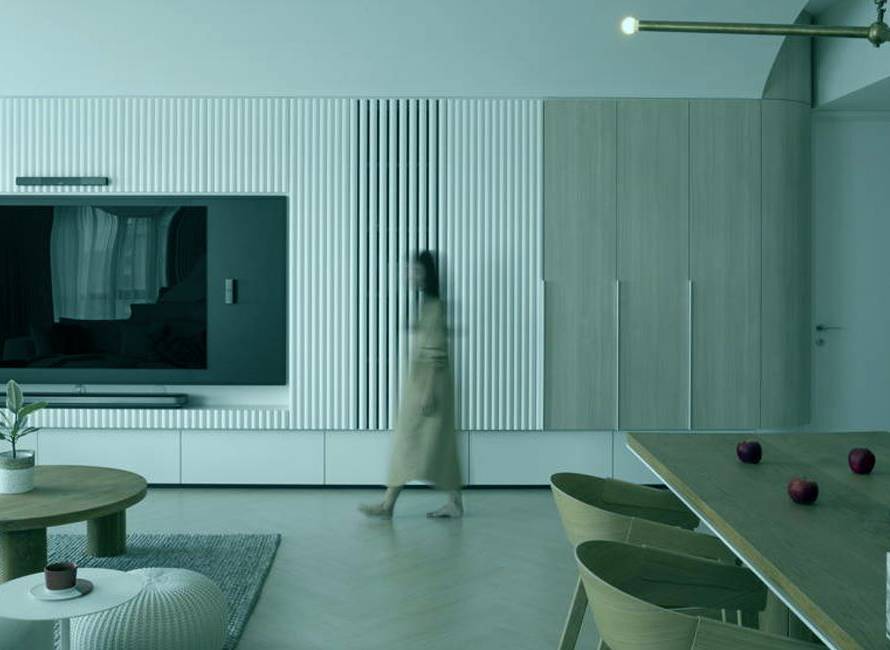Acoustical Sound Panels-Its Role in Architectural Construction
What are Acoustical Panels?
Acoustical sound panels are sound-absorbing materials commonly used in cinema theatres, auditoriums, classrooms, home theatres & office spaces for dampening and eliminating unwanted noise.
Acoustical sound panels are generally made up of Acoustic foam, Rockwool or Glasswool, helping in absorbing noise and reducing reverberation in closed rooms. This brings higher clarity to the speech inside the room and ensures the best listening experience.
Acoustic sound panels and sound-absorbing panels restrict the movement of noise inside a room.
Architects & end-users use them to improve speech clarity across many areas such as auditoriums, libraries, dance studios, recording studios, condos, and restaurants: the thicker the sound-absorbing panels, the better the sound absorption.
Using multiple layers of acoustical sound panels also helps in reducing echoes and containing sound inside the room.
Acoustic consultants generally offer room analysis surveys by visiting a site that requires soundproofing and acoustics and tells you how many acoustic panels or sound-absorbing panels you should use to absorb unwanted sound to enjoy the best sound experience.
Acoustic wool or fabric wrapped panels are the best sound absorption panels that come well under budget. These sound-absorbing panels come in various sizes, colours, and designs to suit the aesthetics of the room of its implementation. These panels feel like a cushion and soften room surfaces, treating echoes and reverberations.
These acoustical sound panels easily fit onto a wall or ceilings without huge installation overhead. Most of these sound-absorbing panels are made to order, meaning these panels fit your specific space requirements. Further, firms like us will be able to help you select a wide variety of Acoustic wall panels that match your custom requirements.
Using a perforated acoustic wood panel is another option to treat noise produced from speakers in a room. These panels have perforations with an acoustic material backing that absorb sound. The perforated acoustic wood panels are easy to install as you can install them using a simple clip onto the framework.
These panels considerably reduce undesired noise, echoes, and other reverberations and help in producing high sound quality in the area. You can use these acoustic wood panels to create a quiet, private space and provide high listening and recording sound quality.
Major benefits of installing acoustic sound panels include:
1. Soothing environment for restaurant customers:
The noise level inside a restaurant directly impacts the customers’ dining experience: the lesser the noise, the more fantastic the customer satisfaction.
When restaurants have acoustic panels to treat excessive noise created from multiple conversations, customers can have a pleasant chat with their companions over lunch or dinner.
With good acoustic wall panels & a false acoustic ceiling in place, the restaurant’s wait staff can hear customer orders clearly and come to assistance quickly.
2. Improved productivity in the office:
When employees work in an open workspace, the induced noise becomes a distraction for employees for completing their daily tasks. When acoustical sound panels or acoustic ceiling tiles are used to absorb that excess noise, the employees can focus better on the tasks.
Further, acoustic wall panels and soundproof partitions in conference rooms help in containing confidential information inside the room.
3. Improved attention in classrooms:
Classrooms can be easily affected by unwanted background noise coming from outside road traffic, children playing on the ground, noise from other classrooms, unwanted sound from various electronic equipment around the room, etc.
These unwanted noises distract both teachers and students’ attention. Acoustical sound panels considerably reduce unwanted noise and reverberation to provide a better learning environment. With better classroom acoustics, children can listen better and learn better.
To further understand and use acoustical sound panels in your project, You might want to contact a qualified Acoustic Consultant to guide you through the whole process.
Image Courtesy: GIK Acoustics





1 Comment
Comments are closed.